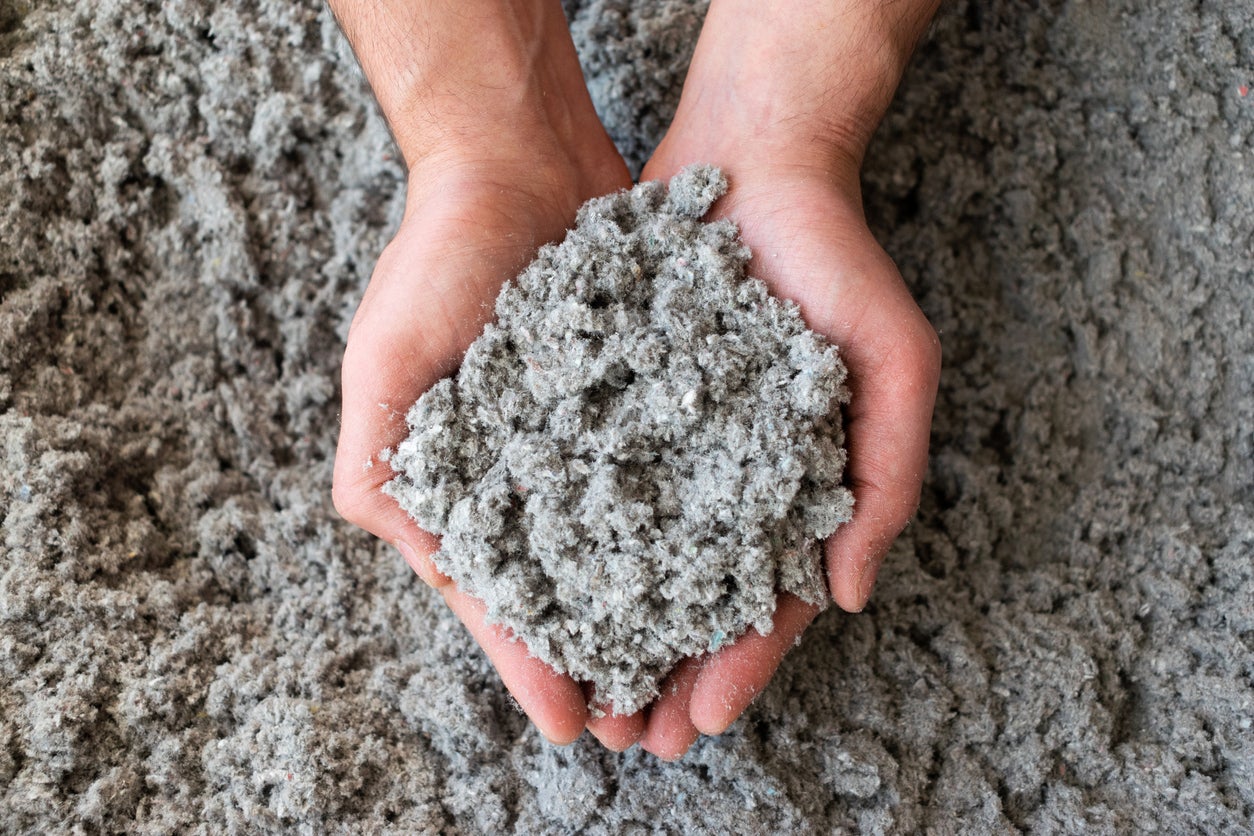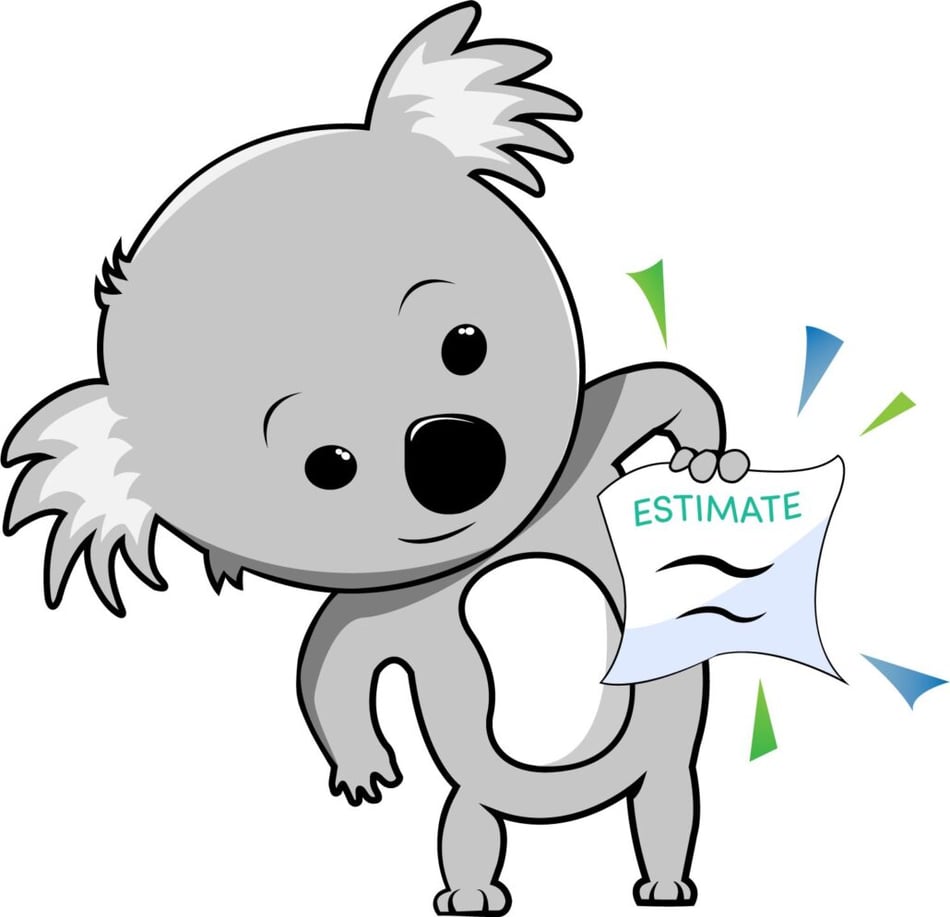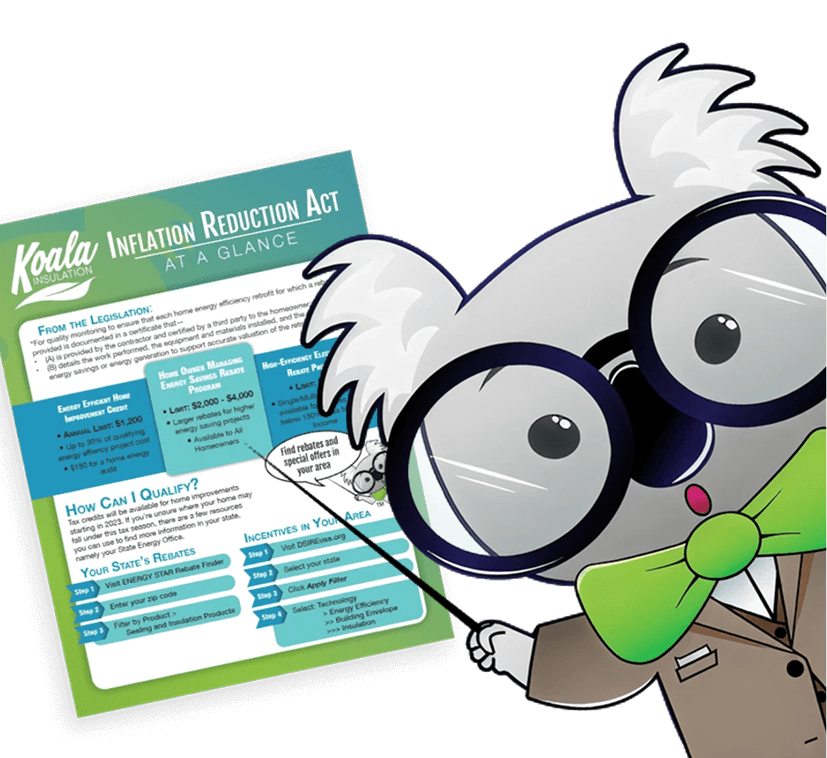Understanding Cellulose Insulation in Baltimore

Cellulose insulation is a fiber insulation material made from recycled paper. Among other insulations, cellulose has a much higher concentration of recycled materials and can contain up to 85% recycled newspaper. Small pieces of paper are fiberized so they can be densely packed to prevent airflow. Once the material is collected, it is treated with non-hazardous chemicals such as the mineral borate that works as flame retardants and resists pests and mold.
What is Cellulose
Cellulose is a fiber insulation used in enclosed existing walls, open new walls, and unfinished attic floors. Several companies manufacture cellulose insulation, and it is primarily made from recycled newsprint. These small particles form an insulation material that conforms to most spaces without disturbing the structure or finish. Cellulose is one of the earlier insulations but didn't become a popular choice until the 1950s when fire retardant was added to the material.
How Cellulose Works
Cellulose insulation can be used in both existing homes and new construction. It can be blown as loose-fill insulation in attic cavities, densely packed into walls and floors, or wet spray for new construction that helps increase heat retention and has the potential to dampen noise levels.
Dense pack cellulose is used more commonly today for adding retrofit insulation. The dense packing into the wall cavities adds thermal insulation while providing some level of soundproofing.
Wet-applied spray cellulose has water added to it during the application process. The material has the same thermal and sound retardant properties as dense packing, according to the Energy Audit Blog. Wet spray cellulose is almost always installed in new construction before the drywall is put up.
Benefits of Cellulose Insulation
- Non Irritating
- Fire Resistant
- Boric Acid
- R-Value
- Heat Transfer
- Thermal Bridging
- Sound Absorption
Insulation experts can then make custom recommendations about the types of insulation that are appropriate for your home's unique needs. Our employees at Koala Insulation of Baltimore train in-house on how to properly handle, install and inspect various types of insulation. Our local crew offers free evaluations so your household has a better understanding of your home’s needs. We also break down the current condition of your insulation so you can target pain points and future updates while taking into account your schedule and budget. Contact Koala Insulation of Baltimore to learn more about how our free evaluations can impact your comfort, safety, and savings.
Find Your Location


Get a quote



